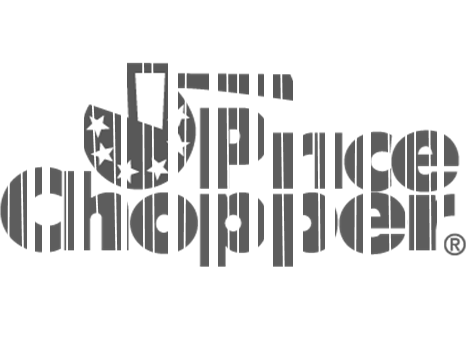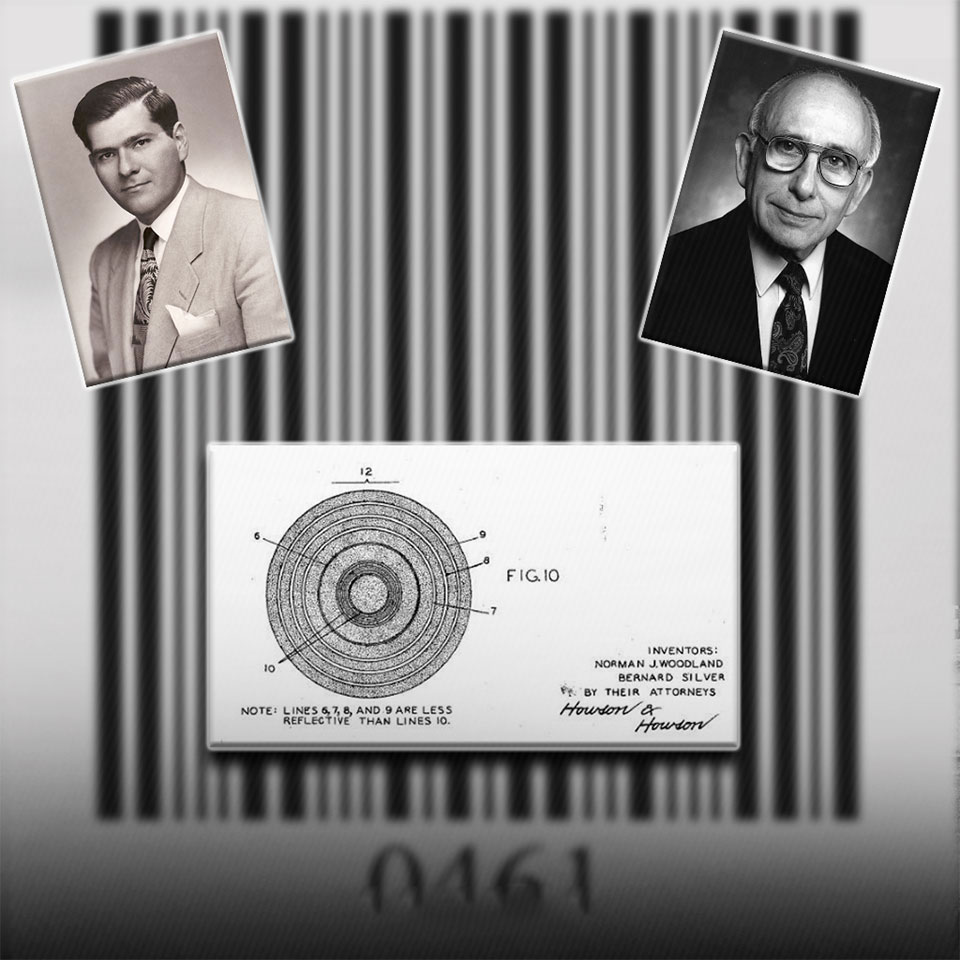
History of the Barcode: 50 Year Anniversary
Jack Marquette
Marketing Intern
Origins of the Barcode
As technology is rapidly advancing and we see the widespread adoption of different forms of QR codes, NFC (Near-Field Communication), and other forms of scanning. But where does it all trace back to? We all take for granted the convenience and simplicity of scanning bar codes at the grocery store. The implementation of barcodes allowed for a much faster and innovative way to scan groceries. That is why the first uses of barcodes were in grocery stores. Exactly 50 years ago today, on June 26th, 1974, Norman Joesph Woodland and Bernard Silver implemented a barcode onto products in a Marsh store in Troy, Ohio. To do this they had to first implement UPCs (Universal Product Codes) which give each item in a store its own identity with a unique ten-to-twelve-digit code. This step was integral in creating the barcode and only occurred a little over a year prior to the implementation of the first barcode.
Inspiration for Implementation
The idea of the barcode was in works for many years prior to the implementation. While attended Drexel University, Woodland and Silver were inspired by a local grocer who also wanted a faster way to check inventory and speed up the check-out process. After working on the Manhattan Project during the end of World War II, Woodland drew the concept for the first barcode on Miami Beach in 1949. This original design was a bullseye design with concentric circles, shown to the right. This design was conceptualized by Woodland because it could be scanned from all angles. Unfortunately, due to the lack of technology in the early 50s they were unable to implement their idea. This led to inheriting the barcode we all know today in 1974 when technology made it possible to accomplish.

Progression of Barcodes
The advancements of technology have pushed barcodes farther than Woodland and Silver could have ever imagined. In 2005, airliners started putting barcodes on boarding passes, certainly a decision we can all appreciate. Cutting down boarding times was not the only way barcodes have had a positive impact on people. In 2008, smartphones were able to display barcodes, making ticket and coupon scanning even more convenient and eliminates the threat of losing physical versions of those items.
How Barcodes Work
The scanner of a barcode acts as a light and illuminates the code and sensor provided to detect the light reflecting off. This sensor then generates a signal and is sent to a decoder that interprets that signal to finally convert it to text. You can then see the product you scanned on the machine you are using within seconds. This is why each barcode needs a unique, UPC. Needing unique barcodes with each product UPC makes it the differentiator of products and is what helps detect the product with its maker, cost, and quantity.
